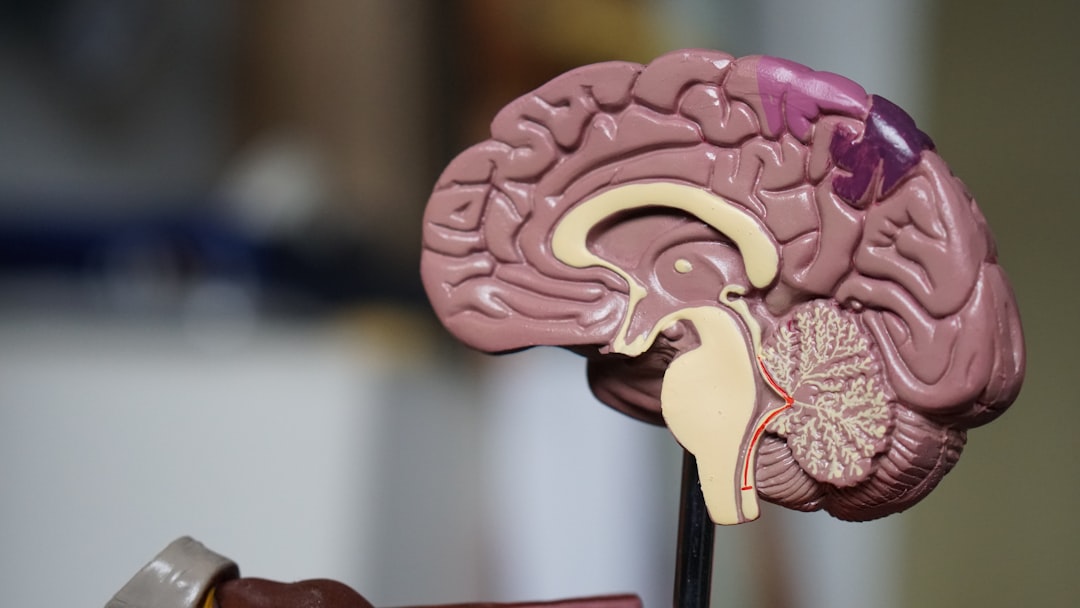What is it about?
A newly developed paradigm to examine children's intentional switch of auditory selective attention was validated within a listening experiment (24 children, 6-10 years old, and 24 young adults, 18-26 years old). It further allows examining effects due to noisy and spatial environments presented virtually via headphones.
Featured Image

Photo by Ben Mullins on Unsplash
Why is it important?
The main results were higher noise sensitivity in children though auditory flexibility remains comparable between children and adults, and noise effect assessment methods should consider spatial aspects.
Perspectives
It was a great pleasure to work on an experiment involving children and their needs. I hope this article contributes to the knowledge base on children's auditory cognition and raises awareness about the necessity of spatial sound reproduction methods in traditional experiments.
Karin Loh
Institute for Hearing Technology and Acoustics, RWTH Aachen University
Read the Original
This page is a summary of: Children’s intentional switching of auditory selective attention in spatial and noisy acoustic environments in comparison to adults., Developmental Psychology, January 2022, American Psychological Association (APA),
DOI: 10.1037/dev0001239.
You can read the full text:
Contributors
The following have contributed to this page










